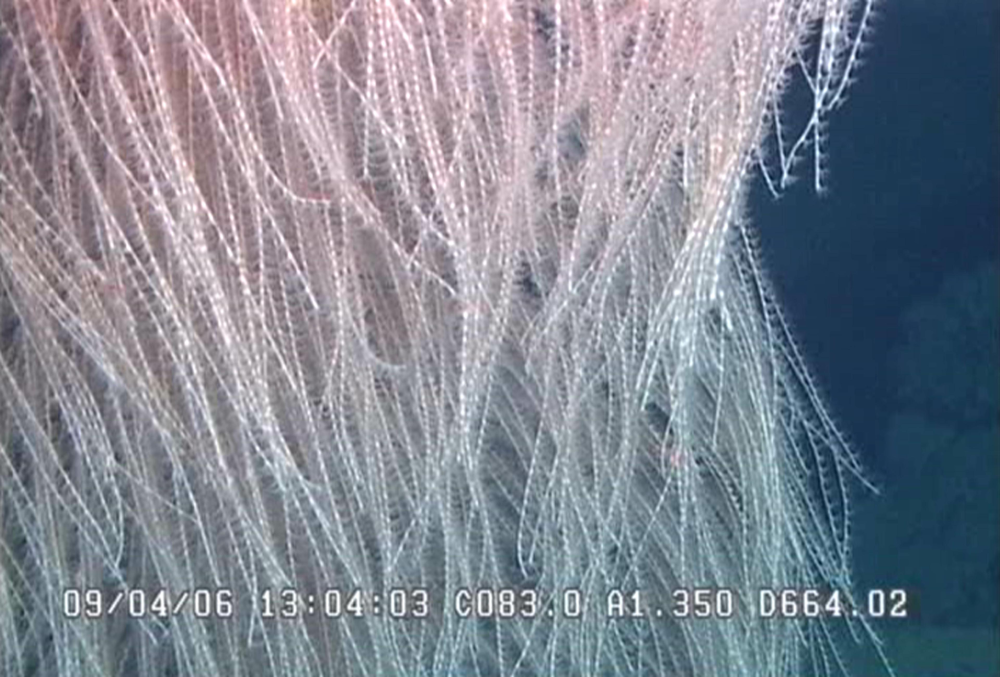Star Wars has reached the deep sea as a new-to-science species has been named in honor of Chewbacca, everyone’s favourite Wookiee. A type of coral, it was first discovered on the seabed in Hawaiʻi and then seen again near the Mariana Trench.
The rest of this article is behind a paywall. Please sign in or subscribe to access the full content.
As well as his characteristic growl, Chewbacca is famously fluffy. It seems fitting, then, that he should be the inspiration for the naming of an outrageously fluffy coral. That “fluff” is actually branches coming off its body, and it took co-author Les Watling, professor emeritus in UH Mānoa’s School of Life Sciences, completely by surprise.
“Seeing this coral for the first time was unforgettable,” Watling said in a statement. “Its long, flexible branches and shape immediately reminded me of Chewbacca. Even after years of deep-sea work, discoveries like this still make me stop and take notice.”
The coral has been named Iridogorgia chewbacca, inspired by those long, flexible branches Watling mentioned that make it look so hairy. It sits within the genus Iridogorgia, which is a group of deep-sea corals known for their long, spiraling structures. I. chewbacca also has a characteristic shiny surface. Pretty fancy, huh?

The branches that make I. chewbacca look so “hairy”.
Image credit: Xu Y 2025 Zootaxa via Unversity of Hawaiʻi at Mānoa
Watling was part of a team surveying the waters off Molokaʻi in 2006 where they first spotted the coral. It was seen again 10 years later near the Mariana Trench in 2016.
The Molokaʻi specimen measured about 1.2 meters (4 feet) tall, while the Mariana Trench sample was a little more modest at 50.8 centimeters (20 inches). Its branches can also get impressively long, stretching as much as 38.1 centimeters (15 inches) long.
Chewbacca wasn’t all the researchers were rewarded with. They also found another new species, named Iridogorgia curva. There are 10 species of these corals known to the western Pacific waters, many of which the team spotted along their travels.
Like all coral, Iridogorgia are actually colonies of thousands of little polyps. They live and work together, forming one big structure (and some of the biggest corals in the world are absolutely enormous). Some corals flock together, but I. chewbacca appears to be more of a lone ranger, usually found by itself scattered across the rocky seabed of the deep ocean.
Source Link: Meet The Chewbacca Coral, A Ridiculously Fluffy New Species Discovered In The Deep Sea